-
 bitcoin
bitcoin $102877.190955 USD
1.88% -
 ethereum
ethereum $3430.435064 USD
4.52% -
 tether
tether $0.999264 USD
-0.05% -
 xrp
xrp $2.307310 USD
4.49% -
 bnb
bnb $987.740692 USD
3.82% -
 solana
solana $161.947760 USD
3.97% -
 usd-coin
usd-coin $0.999712 USD
-0.05% -
 tron
tron $0.292810 USD
2.93% -
 dogecoin
dogecoin $0.179738 USD
10.70% -
 cardano
cardano $0.580716 USD
8.75% -
 hyperliquid
hyperliquid $42.463448 USD
8.40% -
 chainlink
chainlink $15.763437 USD
7.05% -
 zcash
zcash $649.595636 USD
17.21% -
 bitcoin-cash
bitcoin-cash $511.610261 USD
7.19% -
 stellar
stellar $0.292537 USD
7.91%
How to read the order book for SOL contracts effectively?
A thick SOL order book signals high liquidity, reducing slippage and enabling smoother trades, especially for large orders in perpetual contracts.
Oct 23, 2025 at 08:48 am
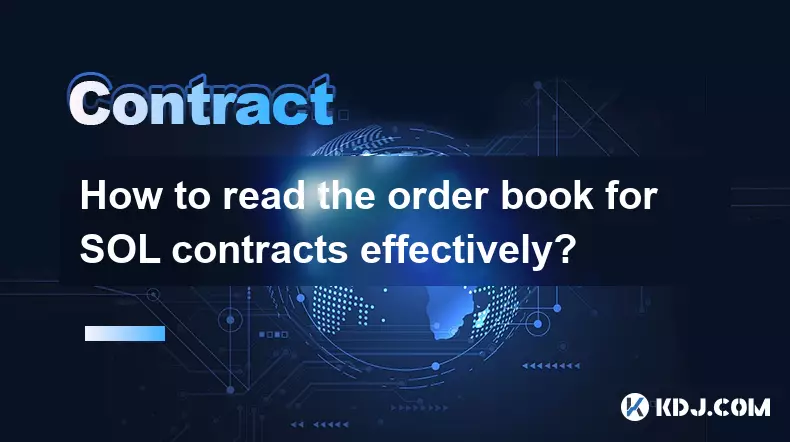
Understanding the Structure of the SOL Order Book
1. The order book for SOL contracts displays a real-time list of buy and sell orders at various price levels. This depth chart is essential for traders aiming to assess market sentiment and liquidity. Bid prices, representing buyers, appear on the left or top side, while ask prices, reflecting sellers, are shown on the right or bottom.
2. Each level in the order book indicates the price and the corresponding volume available. Large clusters of buy orders suggest strong support, whereas dense sell walls may indicate resistance zones. Traders monitor these concentrations to anticipate potential price reversals or breakouts.
3. The spread between the highest bid and the lowest ask reveals market tightness. A narrow spread typically signifies high liquidity and active trading, which is common in major derivatives markets like those on centralized exchanges such as Bybit or OKX.
4. Price levels with significantly large orders—often called 'icebergs'—can influence short-term movement. When such orders are filled or canceled, it often triggers rapid price reactions due to shifts in supply-demand equilibrium.
Interpreting Market Depth and Liquidity Signals
1. Market depth refers to how much volume can be traded without causing drastic price changes. A deep order book for SOL perpetuals means substantial buy and sell interest across multiple price points, reducing slippage during execution.
2. Sudden thinning of the order book, especially near key psychological levels like $150 or $200, may signal an impending volatility spike. Low depth increases susceptibility to whale trades or spoofing attempts where large fake orders manipulate perception.
3. Traders should pay attention to asymmetric depth—when one side of the book (buy or sell) dominates substantially—as it often precedes directional moves. For example, a wall of sell orders vanishing quickly could indicate absorption by large players preparing for upward momentum.
4. Real-time order flow analysis complements depth reading. Watching how fast new orders replace canceled ones helps distinguish genuine interest from noise. Persistent replenishment behind large bids suggests institutional accumulation.
Using Time & Sales Data Alongside the Order Book
1. The time and sales window shows executed trades, including price, size, and timestamp. When combined with the order book, it allows traders to see whether fills occur at the bid, ask, or midpoint—indicating aggressive buying or passive lifting.
2. Repeated taker buys above the mid-price, especially matching visible ask quantities, confirm bullish pressure. Conversely, consistent taker sells hitting bids reflect distribution or bearish control.
3. Large trade executions that do not move the price significantly suggest hidden liquidity absorption, often seen when smart money enters positions gradually without triggering stop runs.
4. Discrepancies between visible order book data and actual trade flow can expose spoofing. If a massive sell wall disappears moments before a surge, it’s likely a manipulative tactic rather than true selling intent.
Spotting Imbalance and Anticipating Moves
1. Order book imbalance occurs when buy volume far exceeds sell volume, or vice versa, within a narrow price range. This asymmetry often precedes acceleration in the direction of the dominant side.
2. Algorithms used by high-frequency traders detect these imbalances and react within milliseconds. Retail traders can leverage this by setting conditional orders near imbalance zones to capture early momentum.
3. A shrinking bid stack while price holds steady may indicate quiet accumulation; sellers are being picked off incrementally, tightening supply before a breakout.
4. During low-volume periods, false imbalances may form. It’s critical to cross-verify with volume profile and open interest trends on SOL futures to confirm legitimacy.
Frequently Asked Questions
What does a thick order book mean for SOL contracts?A thick order book indicates high liquidity with numerous orders stacked across price levels. This reduces slippage and enables smoother entry and exit, particularly beneficial for large-size traders operating in SOL perpetual markets.
How can I tell if an order book is being manipulated?Signs include rapidly appearing and disappearing large orders (spoofing), lack of trade execution despite deep visible orders, or sudden vacuum zones where price gaps through levels with no apparent fills. Monitoring time-and-sales data helps verify authenticity.
Why does the SOL order book change so quickly?High-frequency trading bots and algorithmic strategies constantly update orders based on micro-market signals. In fast-moving crypto derivatives markets, even minor news or BTC correlation shifts can trigger cascading order adjustments across SOL contract books.
Can I rely solely on the order book for trading decisions?No single tool provides complete insight. While the order book offers valuable real-time structure, it must be combined with volume analysis, funding rates, and macro-level chain data for robust decision-making in volatile SOL contract environments.
Disclaimer:info@kdj.com
The information provided is not trading advice. kdj.com does not assume any responsibility for any investments made based on the information provided in this article. Cryptocurrencies are highly volatile and it is highly recommended that you invest with caution after thorough research!
If you believe that the content used on this website infringes your copyright, please contact us immediately (info@kdj.com) and we will delete it promptly.
- Ripple (XRP) in 2026: Hold or Fold? A Look at XRP's Future and Emerging DeFi Alternatives
- 2025-11-08 18:35:01
- Zcash ZEC Coin Price Explosion: From Privacy Niche to Center Stage
- 2025-11-08 18:55:01
- Berachain Price Prediction: Navigating the Honeycomb Hype in Crypto
- 2025-11-08 18:55:01
- Arthur Hayes, Gold, and Bitcoin: A Modern Monetary Trinity?
- 2025-11-08 19:15:01
- Shiba Inu's Next Move: Navigating a Shifting Market
- 2025-11-08 19:20:01
- Pakistan's Crypto Crossroads: Balancing Opportunity with Asset-Backed Realities
- 2025-11-08 19:20:01
Related knowledge

What is a state machine and how can a contract be designed as one?
Nov 08,2025 at 02:19pm
Understanding State Machines in Blockchain Context1. A state machine is a computational model used to design systems that transition between defined s...
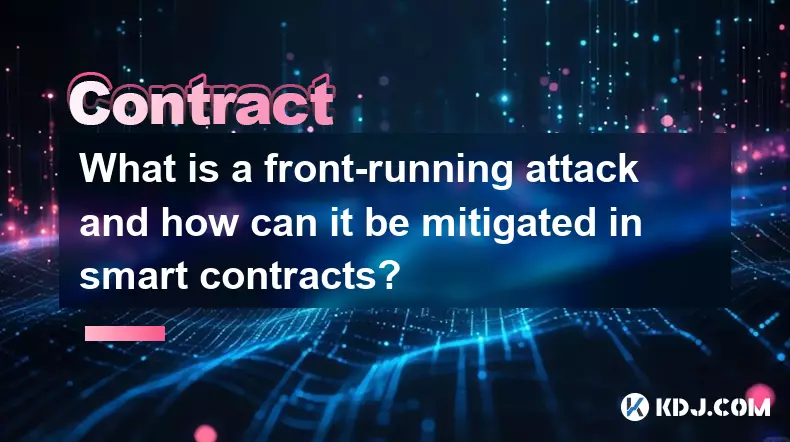
What is a front-running attack and how can it be mitigated in smart contracts?
Nov 08,2025 at 11:20am
Understanding Front-Running in Blockchain Transactions1. In the context of blockchain and decentralized applications, a front-running attack occurs wh...
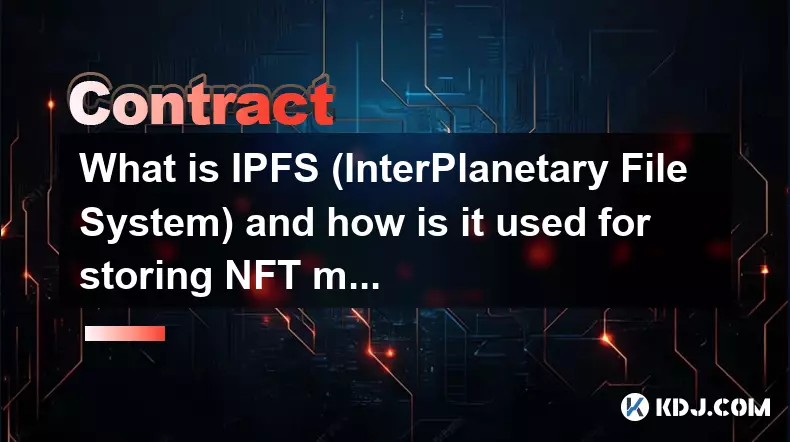
What is IPFS (InterPlanetary File System) and how is it used for storing NFT metadata?
Nov 08,2025 at 06:00pm
Understanding IPFS and Its Role in Decentralized Storage1. The InterPlanetary File System (IPFS) is a peer-to-peer hypermedia protocol designed to mak...
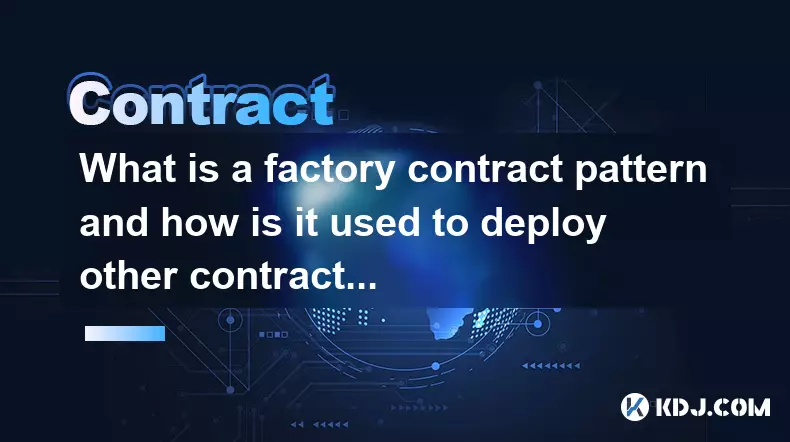
What is a factory contract pattern and how is it used to deploy other contracts?
Nov 08,2025 at 04:39pm
Understanding the Factory Contract Pattern in Blockchain DevelopmentThe factory contract pattern is a design approach used in smart contract developme...

What are flash loans and how do they allow for uncollateralized borrowing?
Nov 08,2025 at 10:39am
Understanding Flash Loans in Decentralized Finance1. Flash loans represent a novel innovation within the decentralized finance (DeFi) ecosystem, enabl...
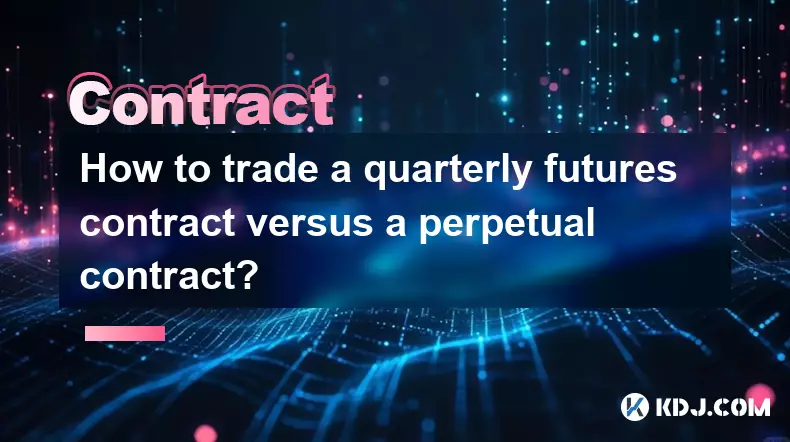
How to trade a quarterly futures contract versus a perpetual contract?
Nov 06,2025 at 06:44am
Understanding the Core Differences Between Quarterly and Perpetual Contracts1. Quarterly futures contracts have a fixed expiration date, typically set...

What is a state machine and how can a contract be designed as one?
Nov 08,2025 at 02:19pm
Understanding State Machines in Blockchain Context1. A state machine is a computational model used to design systems that transition between defined s...

What is a front-running attack and how can it be mitigated in smart contracts?
Nov 08,2025 at 11:20am
Understanding Front-Running in Blockchain Transactions1. In the context of blockchain and decentralized applications, a front-running attack occurs wh...

What is IPFS (InterPlanetary File System) and how is it used for storing NFT metadata?
Nov 08,2025 at 06:00pm
Understanding IPFS and Its Role in Decentralized Storage1. The InterPlanetary File System (IPFS) is a peer-to-peer hypermedia protocol designed to mak...

What is a factory contract pattern and how is it used to deploy other contracts?
Nov 08,2025 at 04:39pm
Understanding the Factory Contract Pattern in Blockchain DevelopmentThe factory contract pattern is a design approach used in smart contract developme...

What are flash loans and how do they allow for uncollateralized borrowing?
Nov 08,2025 at 10:39am
Understanding Flash Loans in Decentralized Finance1. Flash loans represent a novel innovation within the decentralized finance (DeFi) ecosystem, enabl...

How to trade a quarterly futures contract versus a perpetual contract?
Nov 06,2025 at 06:44am
Understanding the Core Differences Between Quarterly and Perpetual Contracts1. Quarterly futures contracts have a fixed expiration date, typically set...
See all articles





















![The Graph Price Prediction [GRT Crypto Price News Today] The Graph Price Prediction [GRT Crypto Price News Today]](/uploads/2025/11/07/cryptocurrencies-news/videos/690d4df44fe69_image_500_375.webp)



















































